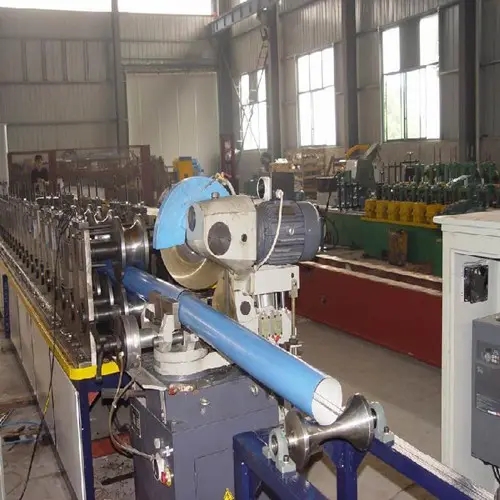
The Roof Tile Production Line A Comprehensive Overview
Roof tiles are essential building materials that protect structures from the elements while enhancing their aesthetic appeal. The production of roof tiles involves a sophisticated process that combines traditional craftsmanship with modern technology. A typical roof tile production line consists of several stages, each crucial in ensuring the efficiency, quality, and durability of the final product.
The first stage of the production line is raw material preparation. The primary materials used in roof tile manufacturing include clay, concrete, and other minerals. These components must be carefully sourced and prepared to ensure consistent quality. For clay tiles, the raw clay is mixed with water and other additives to achieve the desired plasticity. In the case of concrete tiles, a mixture of cement, sand, and water is prepared. This blend is tested for its physical properties to ensure it meets the required standards.
Once the raw materials are ready, the next step is shaping the tiles. This process commonly utilizes molds to create the desired tile shape and size. Advanced production lines often employ automatic pressing machines, which compress the material into molds under high pressure. This mechanical force ensures that the tiles achieve uniform density and structural integrity. Alternatively, for traditional clay tiles, extrusion methods might be used, where the material is pushed through a die to form continuous sections that are then cut into tiles.
Following the shaping process, the tiles must undergo drying. This step is critical, as it removes excess moisture from the tiles before they are fired in a kiln. In a production line, this process is often facilitated by conveyor dryers or drying chambers, where controlled temperature and humidity levels expedite the drying process. Proper drying minimizes the risk of cracking and warping during firing.

The firing process, conducted in a high-temperature kiln, is where the real transformation occurs. For clay tiles, they are subjected to temperatures ranging from 900°F to 1200°F (482°C to 649°C), which vitrifies the clay, resulting in durable and water-resistant tiles. Concrete tiles are generally cured in less extreme conditions but are still essential for achieving the desired strength. The firing duration varies depending on the type of tile and the specific manufacturing techniques employed.
After firing, the tiles are allowed to cool before undergoing quality control inspections. This stage ensures that only tiles meeting strict quality standards proceed to packaging. Common tests include measuring dimensions, checking for surface defects, and assessing color uniformity. Modern production lines often integrate computerized inspection systems to enhance accuracy and speed.
Once quality control is completed, the final stage is packaging and distribution. The tiles are carefully packaged to minimize damage during transportation. Many manufacturers offer customized solutions, allowing for personalized branding and protective packaging to ensure that products reach customers in pristine condition.
In conclusion, the roof tile production line is a complex yet fascinating process that combines art and technology. From meticulously selecting raw materials to ensuring quality control, each stage plays a vital role in delivering high-quality roof tiles. As construction needs evolve, manufacturers continue to innovate, integrating new technologies and sustainable practices into the production process. This commitment to quality and efficiency not only enhances the durability of the roofs but also contributes to the overall aesthetic value of the structures they adorn.